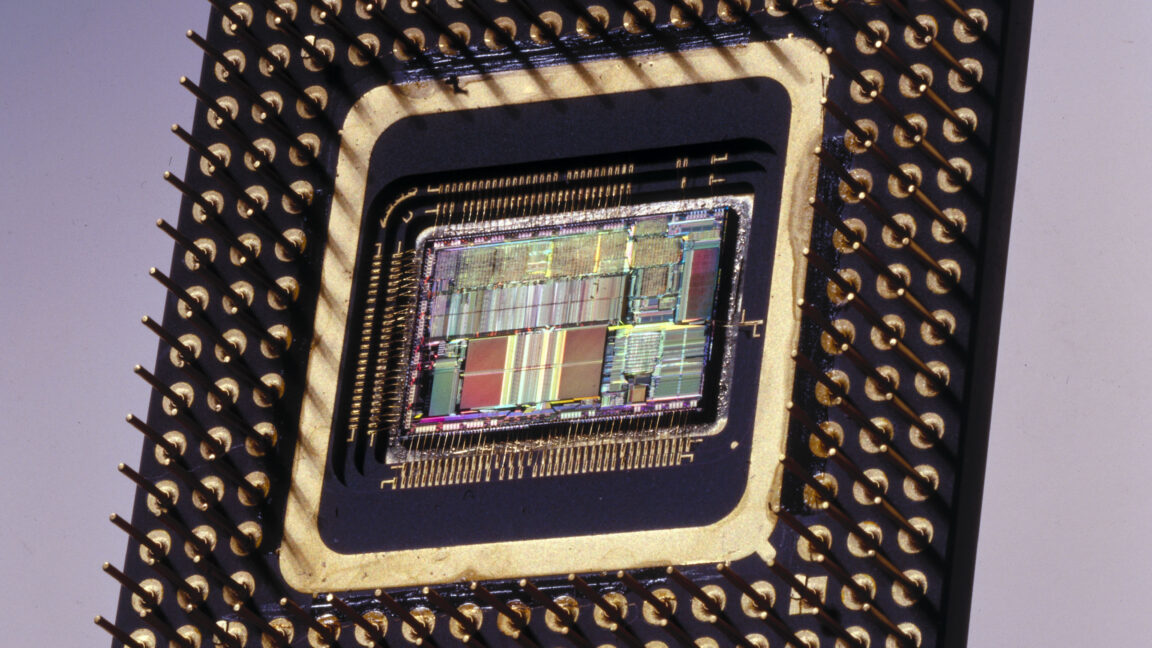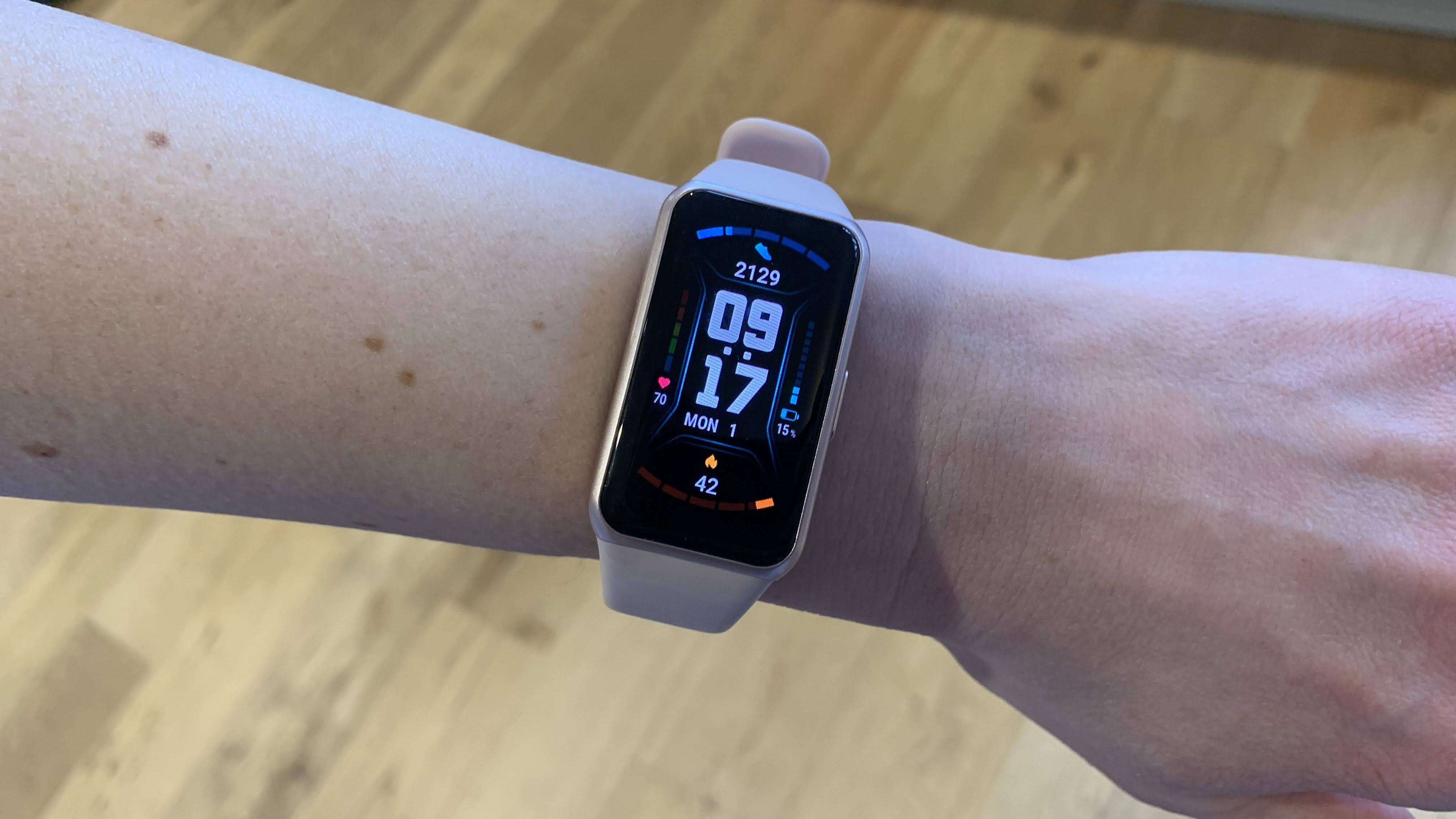Hogwarts Legacy will get a major visual boost on Nintendo Switch 2 thanks to Nvidia’s DLSS, but another key feature could be missing
The Nintendo Switch 2 is on its way to consumers on June 5, and we've already got insight into visual and performance expectations for one of its games.

- A Japanese press release confirms Hogwarts Legacy will run up to 1440p on Nintendo Switch 2 using DLSS while docked and 1080p in handheld mode
- It will come with improved lighting and anti-aliasing and a higher frame rate
- There's still no mention of Nvidia's Frame Generation, despite DLSS support
Despite complications and fears of US tariffs affecting sales, the Nintendo Switch 2 is well on its way to consumers on June 5 - and now, there's an update on what we can expect from one of its launch games.
According to 4Gamer, a Japanese press release states that Hogwarts Legacy will run up to a 1440p resolution while docked and 1080p in handheld mode, thanks to Nvidia's DLSS support. This is possible thanks to Nvidia's custom chip, which was recently claimed to be the T239 by PC hardware YouTuber, Geekerwan.
Besides the upgraded resolution, the game will receive a major visual boost with improved lighting, anti-aliasing, and notably an improved frame rate. It's worth highlighting that the Switch port of the critically acclaimed title runs at a playable 30fps, but at the sacrifice of visual quality and potential dips in more graphically intensive areas.
The same applies to the PC version; while performance and visual quality are unsurprisingly much better than the Switch port, Nvidia's Frame Generation is necessary when exploring areas like Hogwarts, as frame pacing and frame rate drops are an issue.
The potential issue for the Switch 2 is that Frame Generation is seemingly missing from the Switch 2's DLSS - and that may not come as a surprise since Nvidia RTX 3000 GPU series owners (and older) don't have access to it at all.
Despite the improved hardware (specifically the T239 GPU), it begs the question of whether demanding games like Hogwarts Legacy - which is prone to major performance dips depending on scenery - will be able to run at higher frame rates, without Frame Generation.
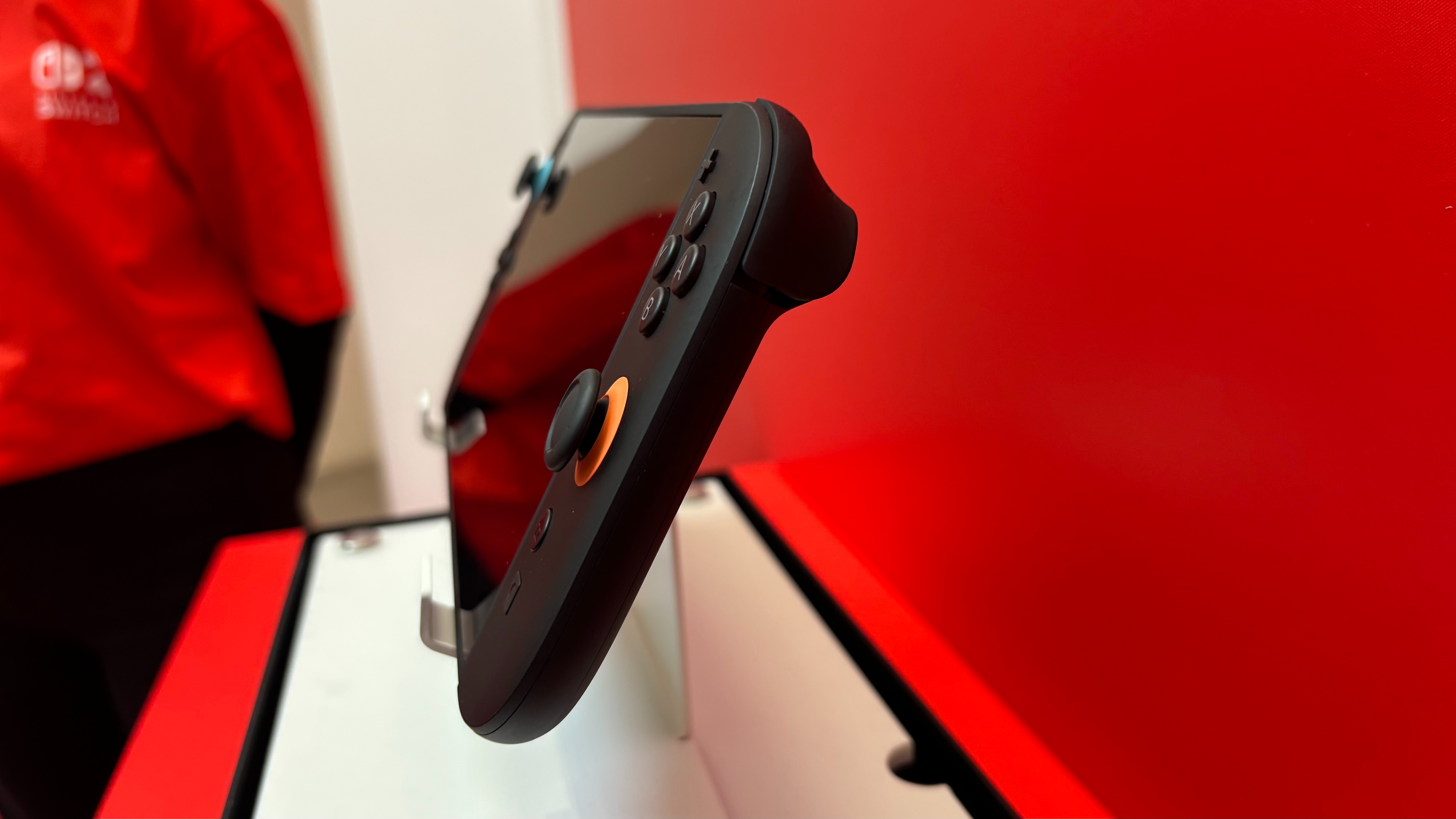
No Frame Generation puts the Switch 2 at a disadvantage against other handhelds
From what it sounds like, Hogwarts Legacy and plenty of other Switch 2 ports will rely on Nvidia DLSS to hit higher frame rates while maintaining good image quality. However, my only concern is that the chip may not be enough to get over the line when playing demanding triple-A titles like Cyberpunk 2077 - at least without access to Frame Generation.
Other handhelds like the Asus ROG Ally, Lenovo Legion Go, and now even the Steam Deck (via DeckyLoader) have access to AMD's FSR 3 frame gen, providing higher frame rates where necessary. It certainly isn't the best solution in all cases, as most games need a decent base frame rate to allow frame gen to work smoothly without increased input lag and stuttering.
Regardless, it's a better tool to have than nothing, and right now, it looks like the Nintendo Switch 2 won't have access to frame generation software whatsoever. I hope I'm wrong and when it launches on June 5, we're able to analyze great performance results in demanding games, but I just can't see it happening...





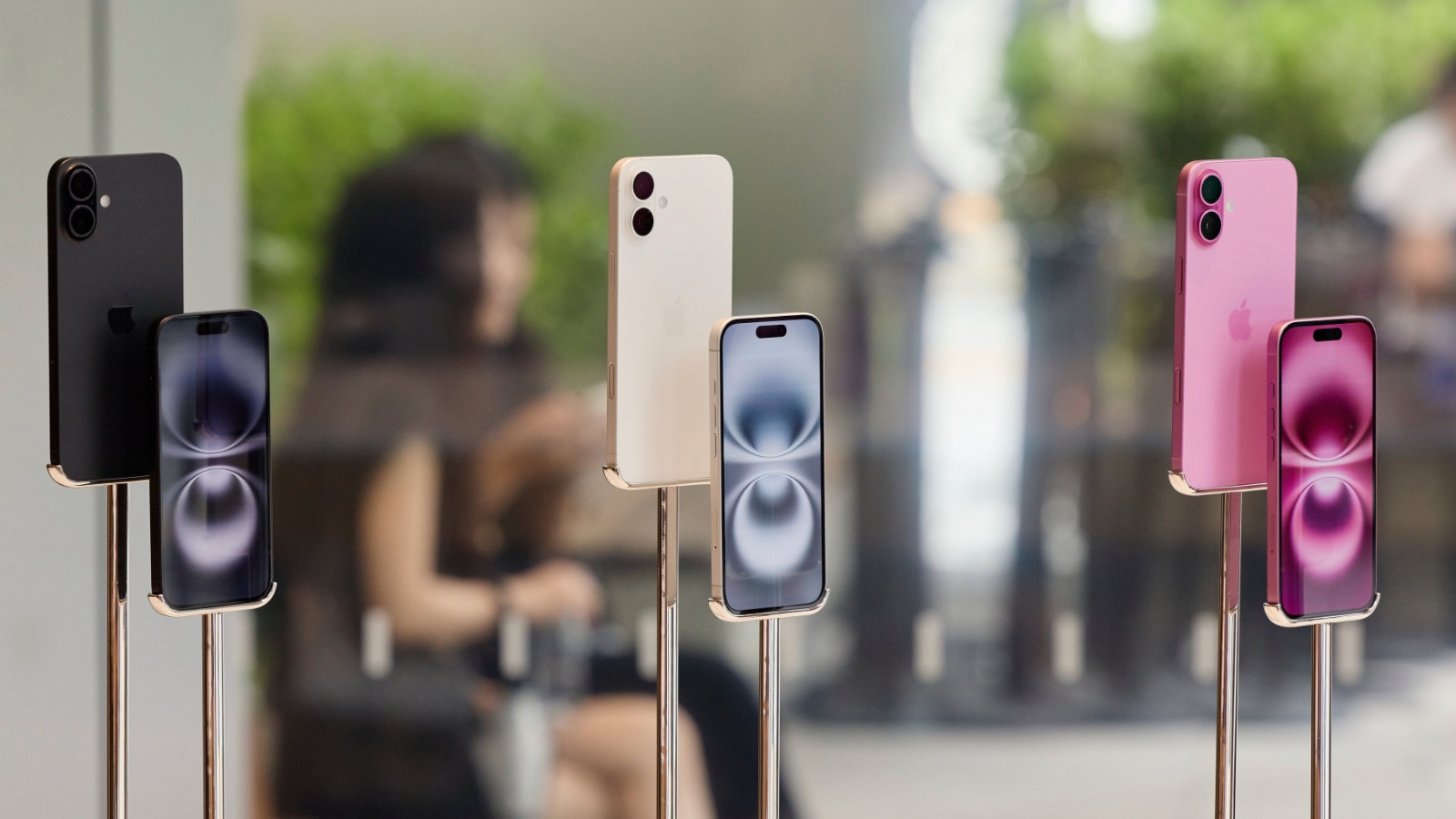




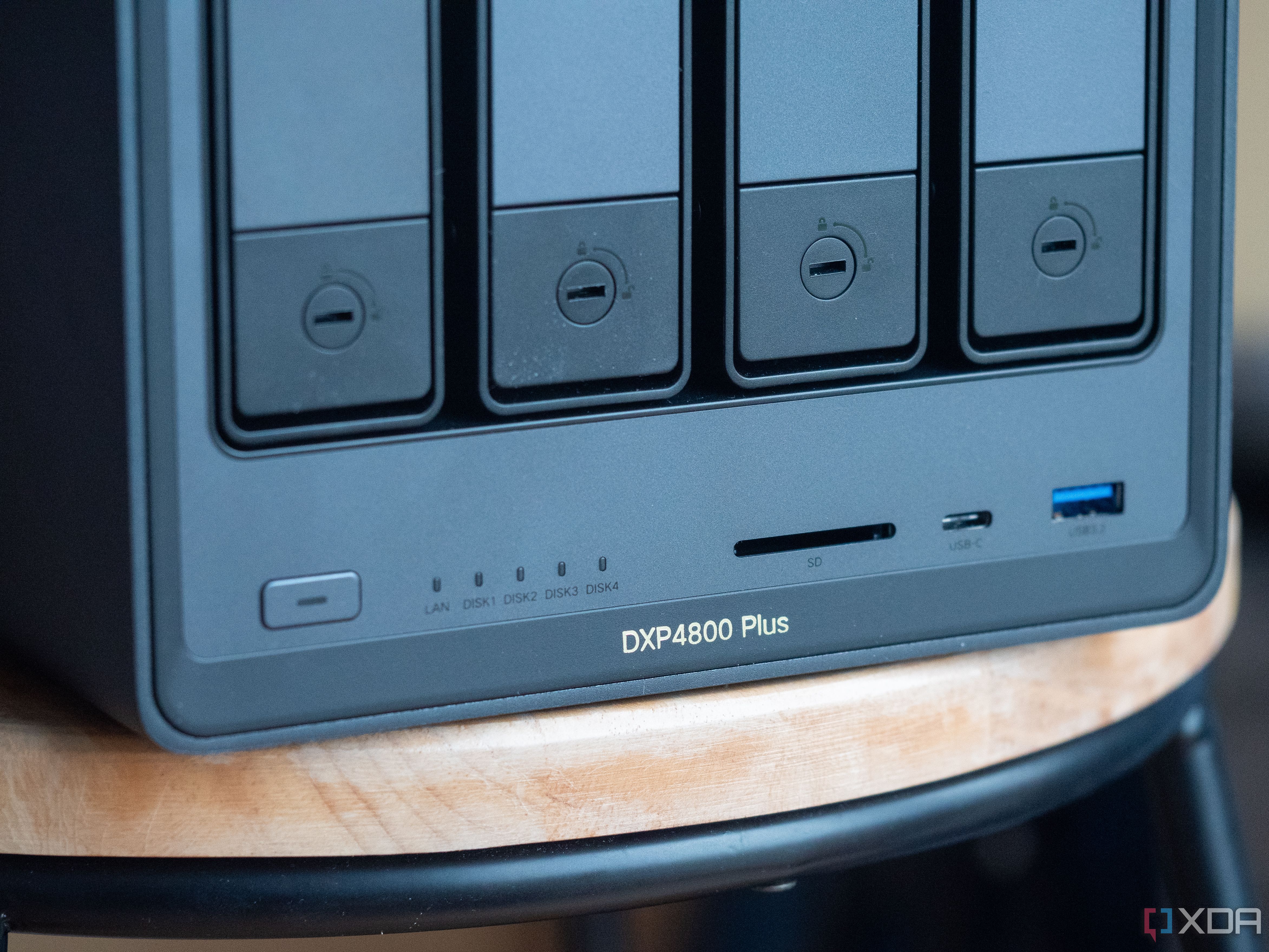
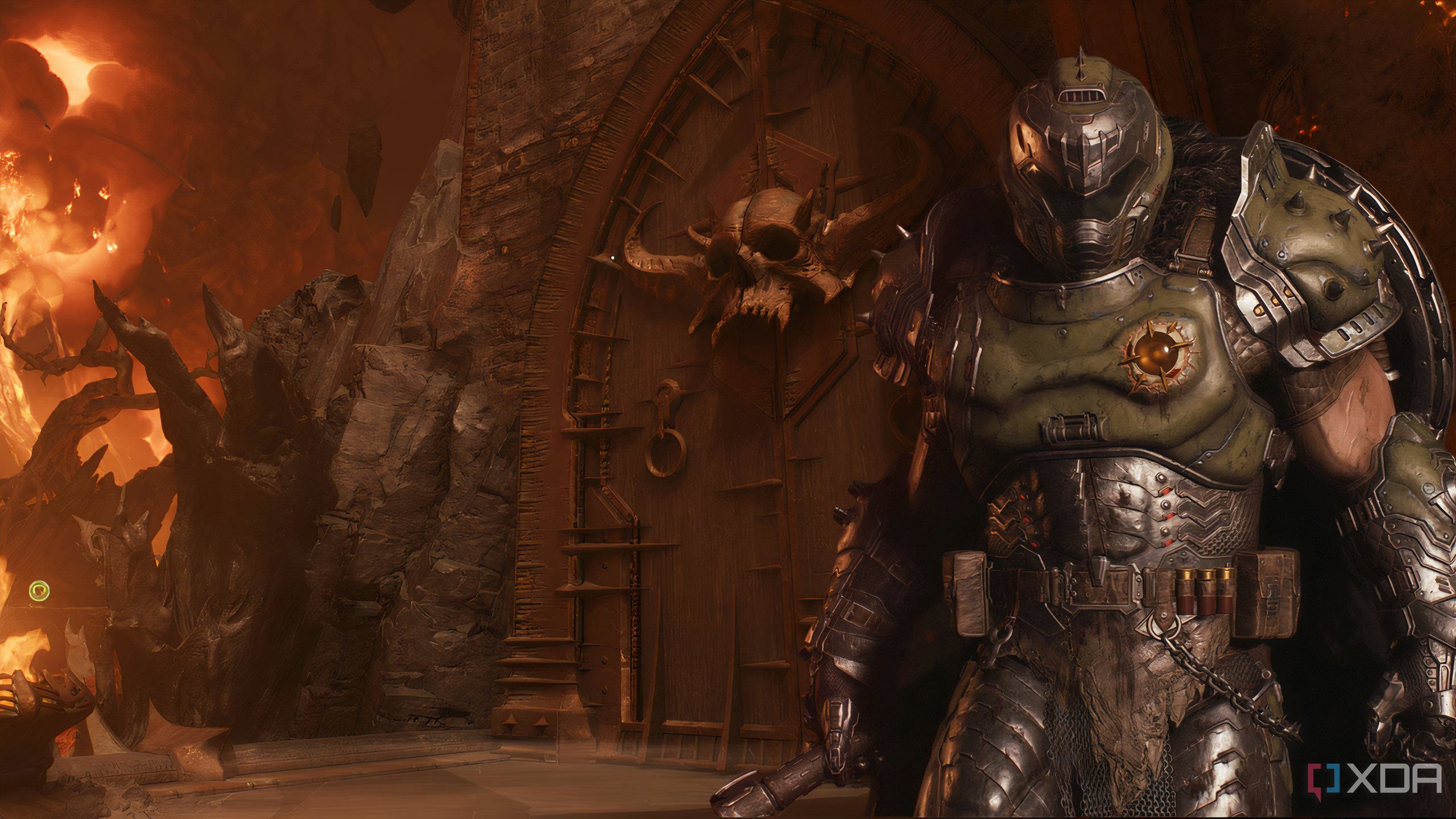
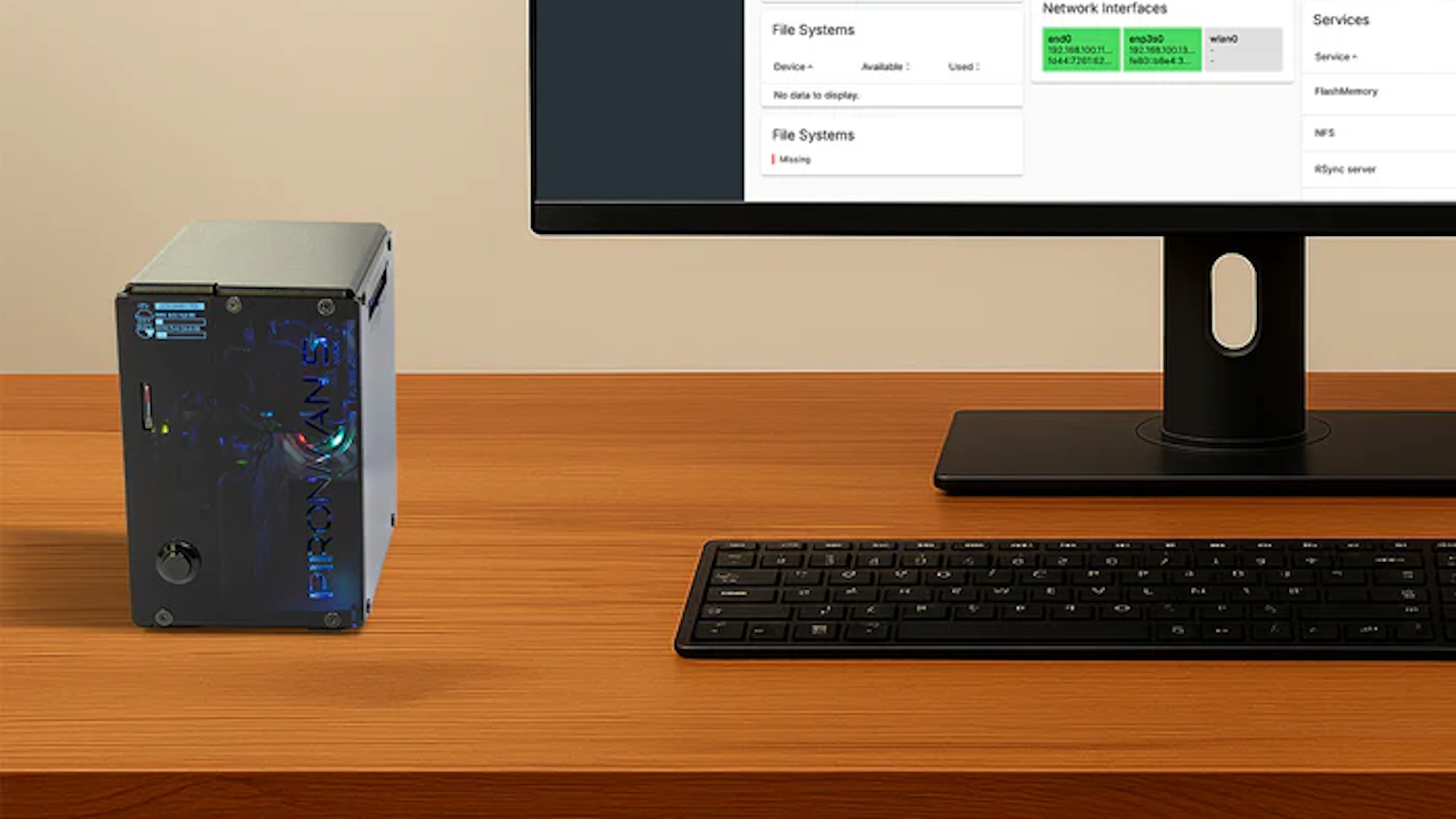
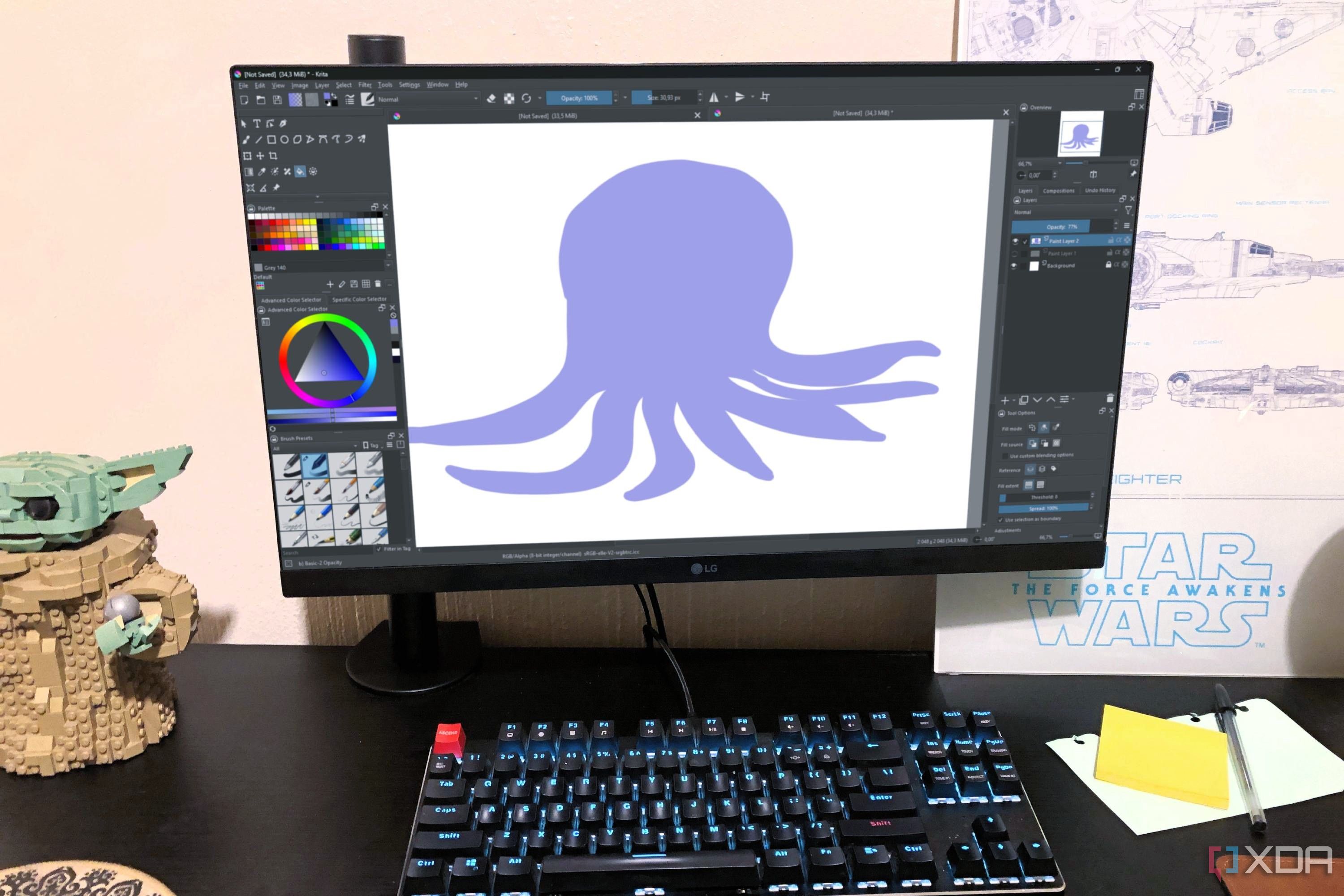















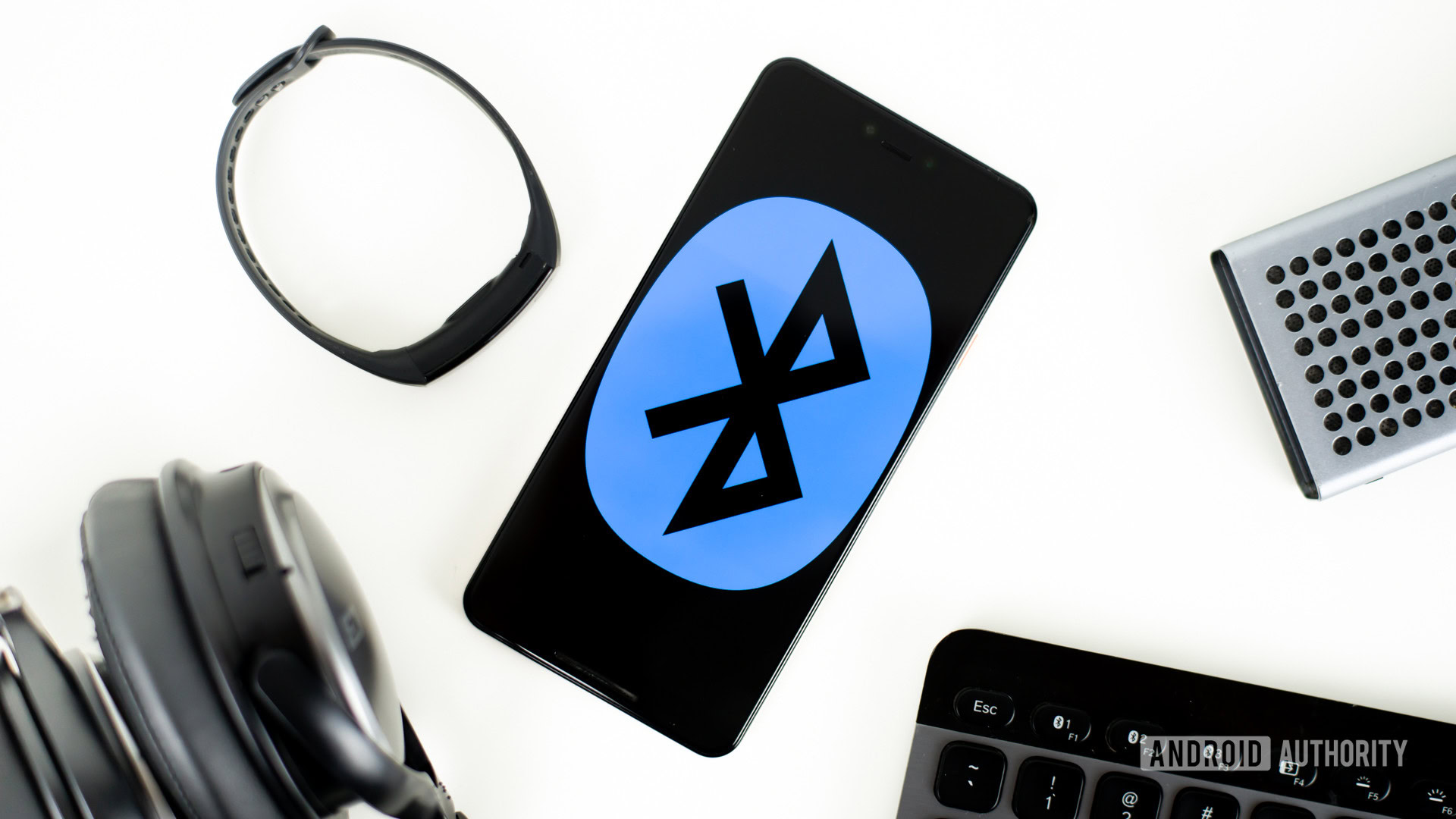
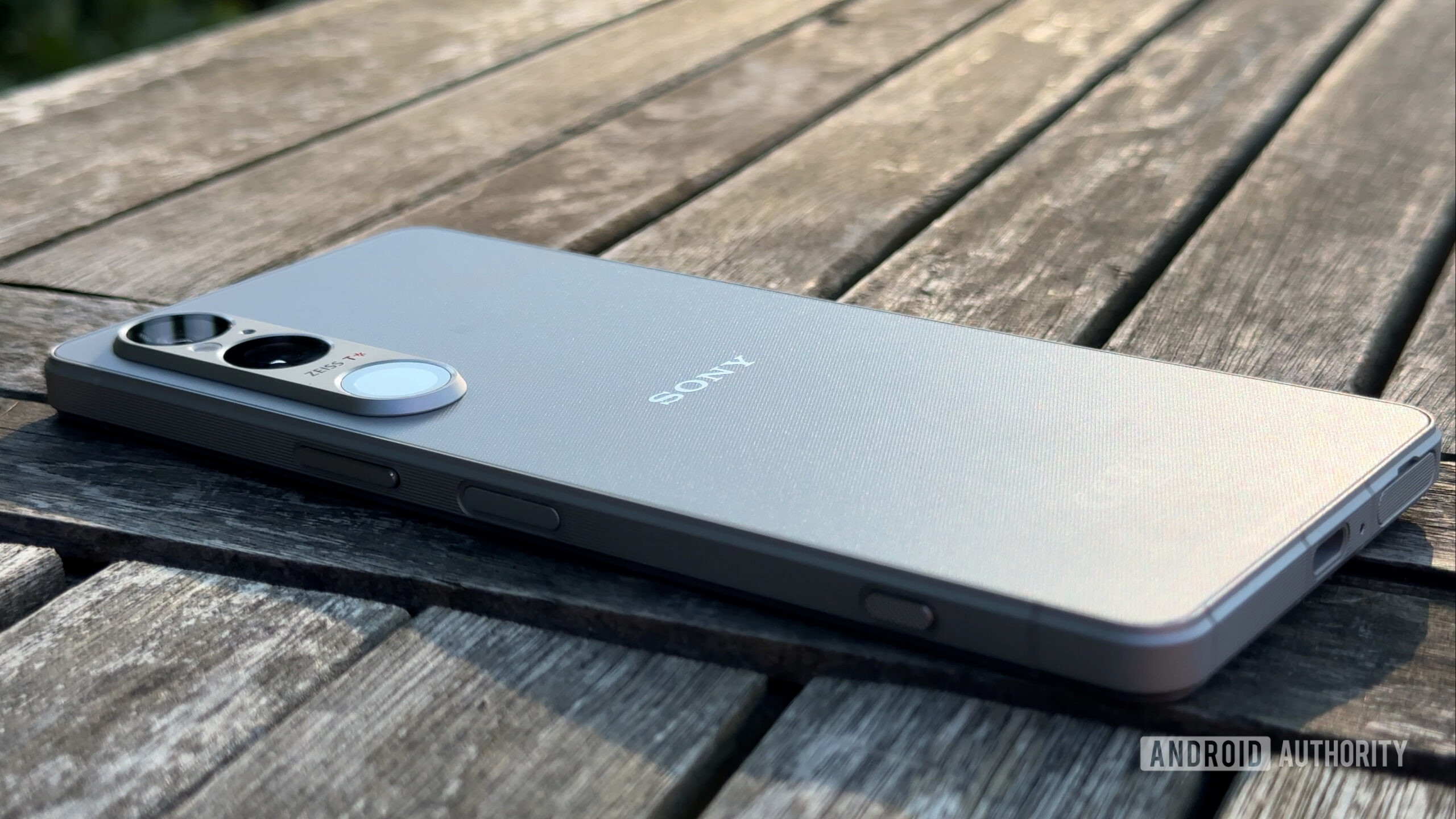












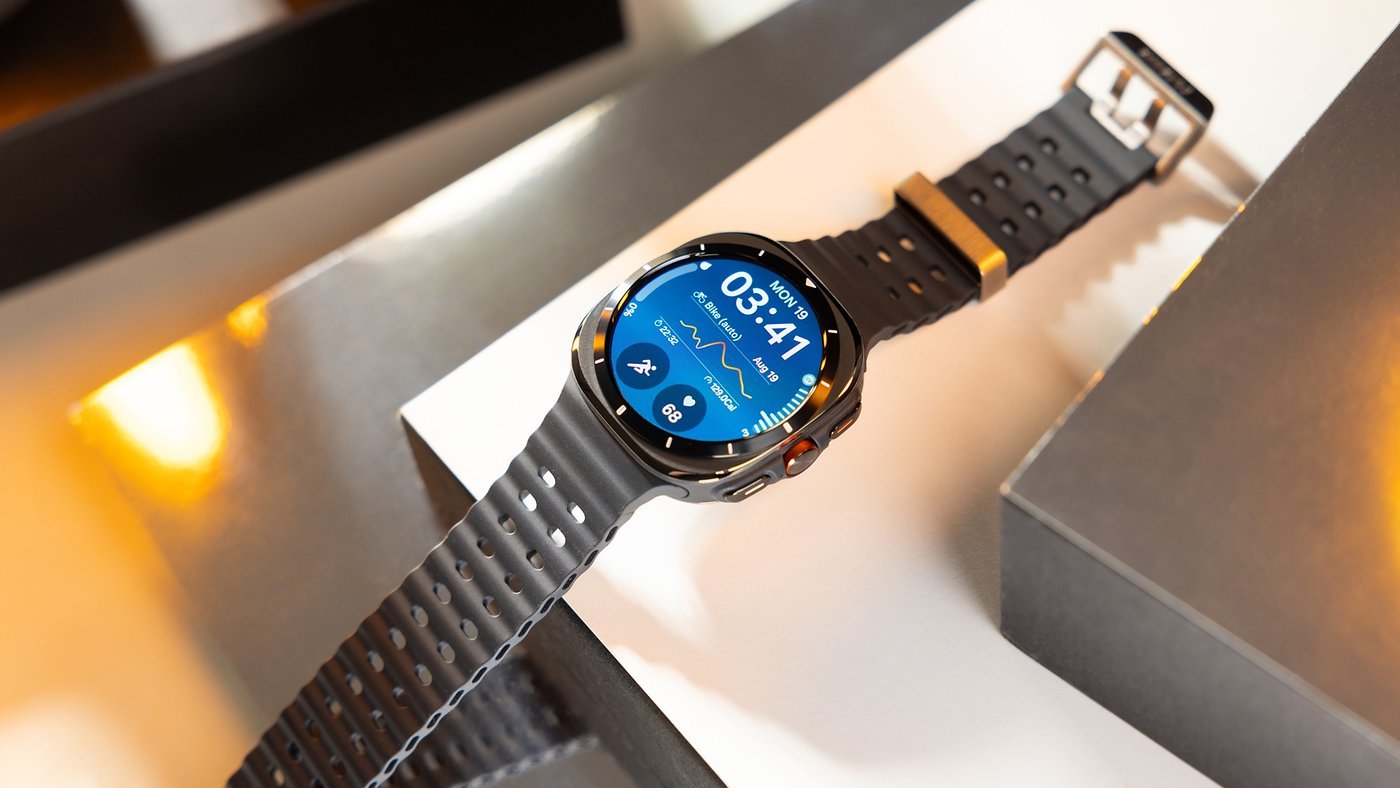


-xl.jpg)










![Instacart’s new Fizz alcohol delivery app is aimed at Gen Z [U]](https://i0.wp.com/9to5mac.com/wp-content/uploads/sites/6/2025/05/Instacarts-new-Fizz-alcohol-delivery-app-is-aimed-at-Gen-Z.jpg?resize=1200%2C628&quality=82&strip=all&ssl=1)































































